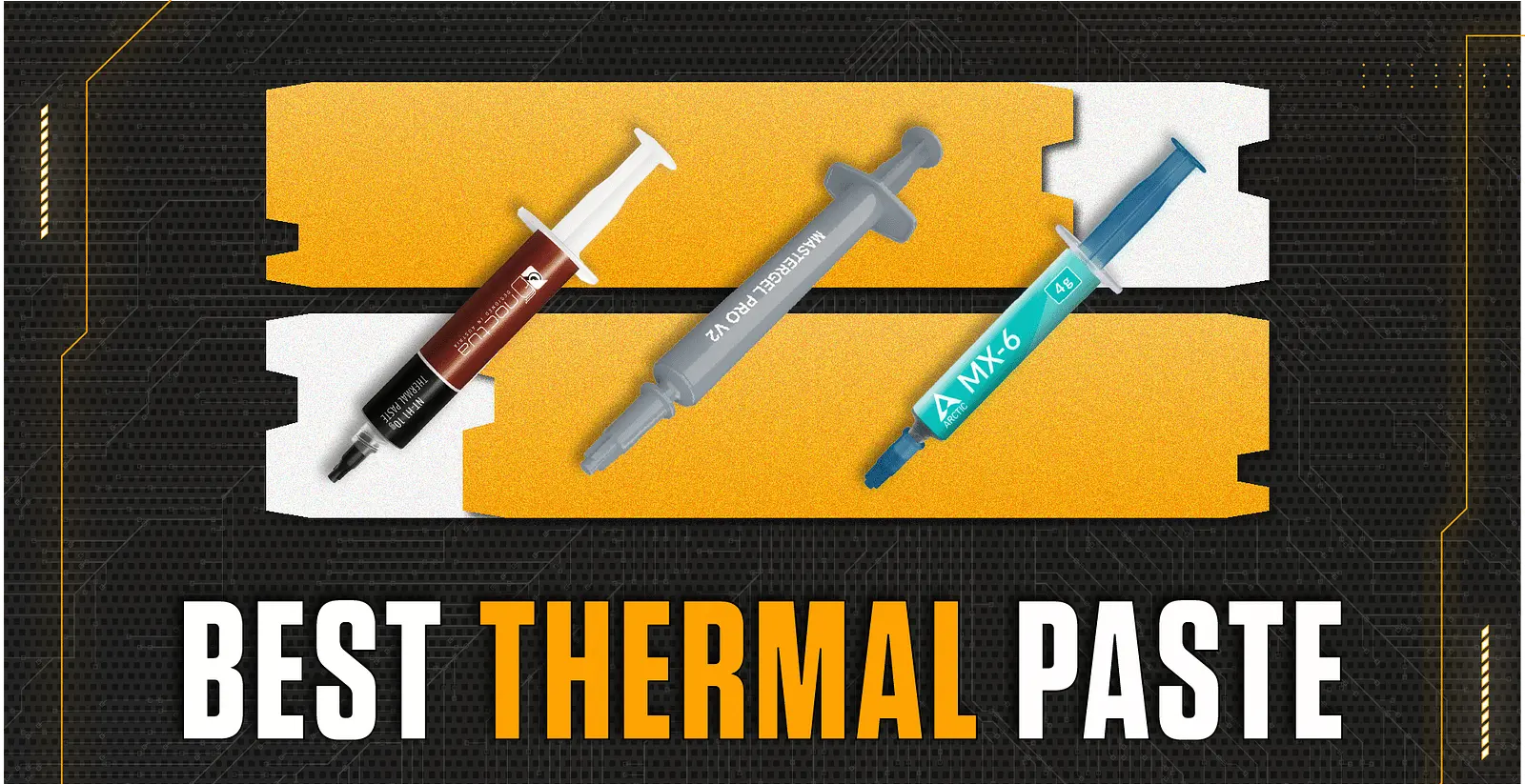
Best Thermal Paste 2025: Ultimate Cooling Solutions Ranked
Thermal paste (aka thermal grease or thermal compound) is a critical component in ensuring efficient heat dissipation between your CPU or GPU and its heatsink. As we head into 2025, it’s as important as ever to choose the right thermal paste to keep your CPU, GPU, laptop, console, or other electronic device working well and conducting heat properly. What the paste does is fill in tiny gaps between the hot metal surface (like a CPU) and heatsink or other conductive cooler to help heat move away from the CPU. Because the paste is what connects the two parts, how it conducts heat is critically important to how effective your cooler is.
Using the right thermal paste is essential for preventing overheating and maintaining good, stable performance. It also can be important in protecting your devices from otherwise burning out. As thermal paste gets older, it can dry out or wear down, which can lead to higher CPU temperatures and reduced performance.
When choosing thermal paste, consider factors such as how well it conducts heat, how easy it is to apply, and how long it lasts. The right thermal paste will efficiently transfer heat, keeping your CPU cool even when it’s working hard. This not only helps prevent overheating but can also make your computer components last longer. Make sure to choose a paste that suits your needs, whether you have a high-performance gaming setup or a standard office computer.
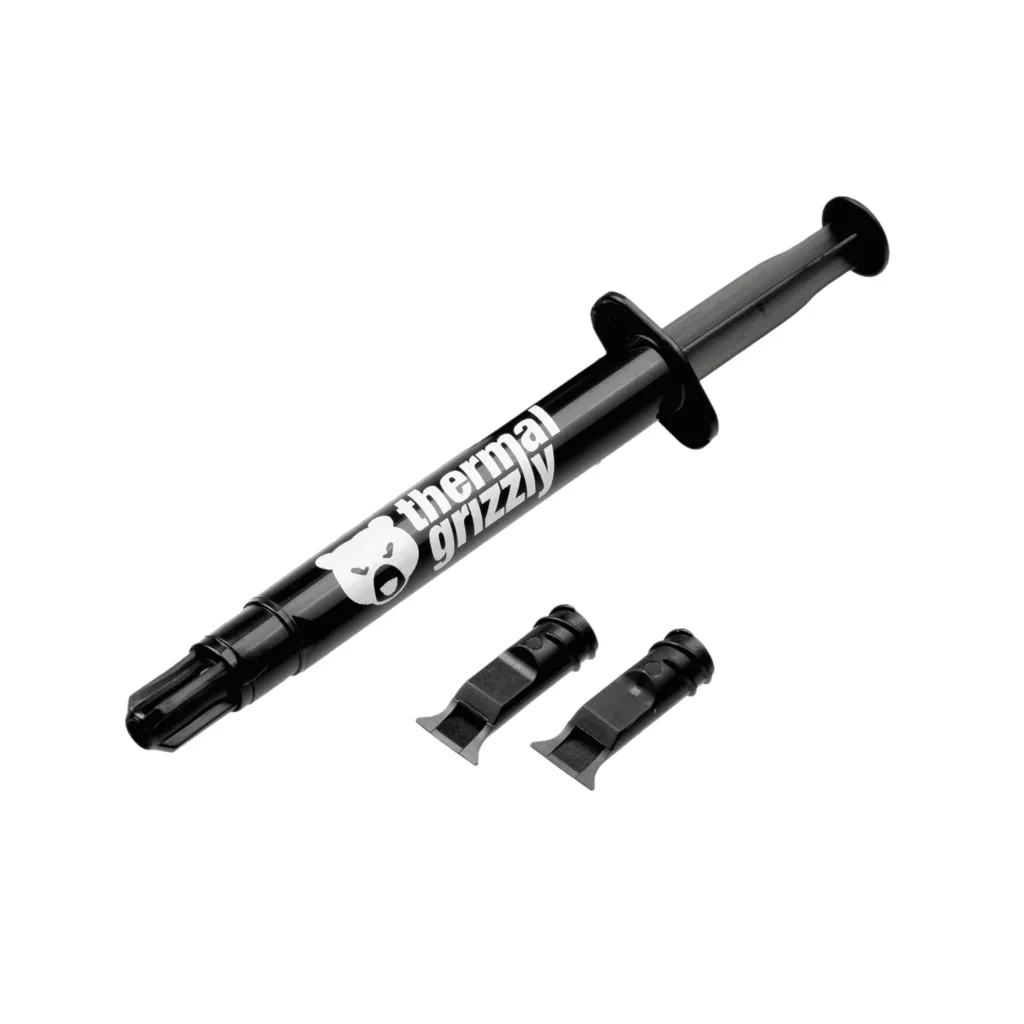
Top 10 Thermal Paste: Ranked
Selecting the right thermal paste can significantly impact the performance and longevity of your components. Here’s a breakdown of the top 10 thermal grease options available today:
| Rank | Name | Amount | Price |
|---|---|---|---|
| 1 | Thermal Grizzly Kryonaut | 1 g | $6.99 |
| 2 | Noctua NT-H1 | 3.5 g | $8.99 |
| 3 | ARCTIC MX-6 | 4 g | $7.99 |
| 4 | Corsair TM30 | 3 g | $7.99 |
| 5 | Prolimatech PK-Zero | 5 g | $13.99 |
| 6 | Thermal Grizzly Kryonaut Extreme | 2 g | $17.99 |
| 7 | Arctic Silver 5 | 3.5 g | $6.99 |
| 8 | ARCTIC MX-4 | 4 g | $6.99 |
| 9 | Noctua NT-H2 | 3.5 g | $12.99 |
| 10 | Corsair XTM70 | 3 g | $24.99 |

Key Considerations When Choosing Thermal Paste:
- Thermal Conductivity: This measures how effectively the paste transfers heat. Higher conductivity generally translates to lower temperatures.
- Viscosity: The paste’s thickness affects how easily it spreads and fills microscopic gaps.
- Longevity: Some pastes maintain their performance for longer durations, requiring less frequent reapplication.
- Ease of Application: User-friendly application methods can simplify the process and minimize mess.
- Price: While premium pastes offer superior performance, budget-friendly options can also deliver decent results.
Recommendations:
- For Best Performance: Thermal Grizzly Kryonaut and its Extreme variant are top contenders, offering exceptional thermal conductivity for enthusiasts and overclockers.
- For Balanced Performance and Value: Noctua NT-H1 and ARCTIC MX-4 are popular choices that provide excellent performance at reasonable prices.
- For Easy Application: Consider Corsair TM30 or Thermal Grizzly Aeronaut if you prioritize a hassle-free application process.
Remember to apply the thermal paste correctly and sparingly for optimal heat transfer and to avoid any potential damage to your components.
Selecting the Right Thermal Paste for Your Device
Optimal heat transfer is crucial for maintaining peak performance and longevity of your devices. Whether you’re building a high-performance PC, upgrading your gaming console, or simply trying to keep your laptop cool, choosing the right thermal paste is essential. We’ve curated a list of the best thermal pastes tailored to various devices, ensuring you can find the perfect solution for your needs.
Best Thermal Paste for CPU
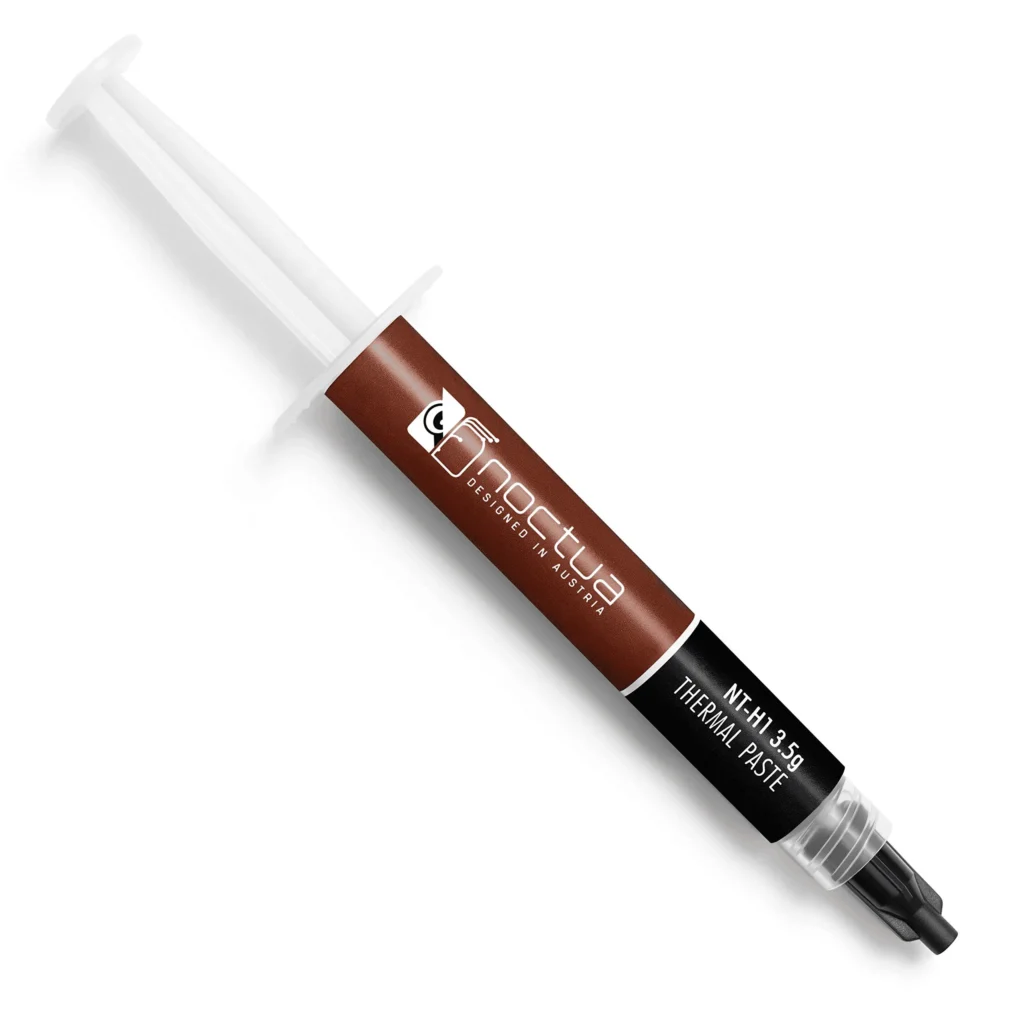
| Rank | Product Name | Price | Why It’s Recommended |
|---|---|---|---|
| 1 | Thermal Grizzly Kryonaut | $6.99 (1g) | Exceptional thermal conductivity, ideal for overclocking and high-performance builds. |
| 2 | Noctua NT-H1 | $8.99 (3.5g) | Excellent performance, easy application, and long-lasting. |
| 3 | ARCTIC MX-4 | $6.99 (4g) | Reliable performance, budget-friendly, and widely available. |
Best Thermal Paste for GPU
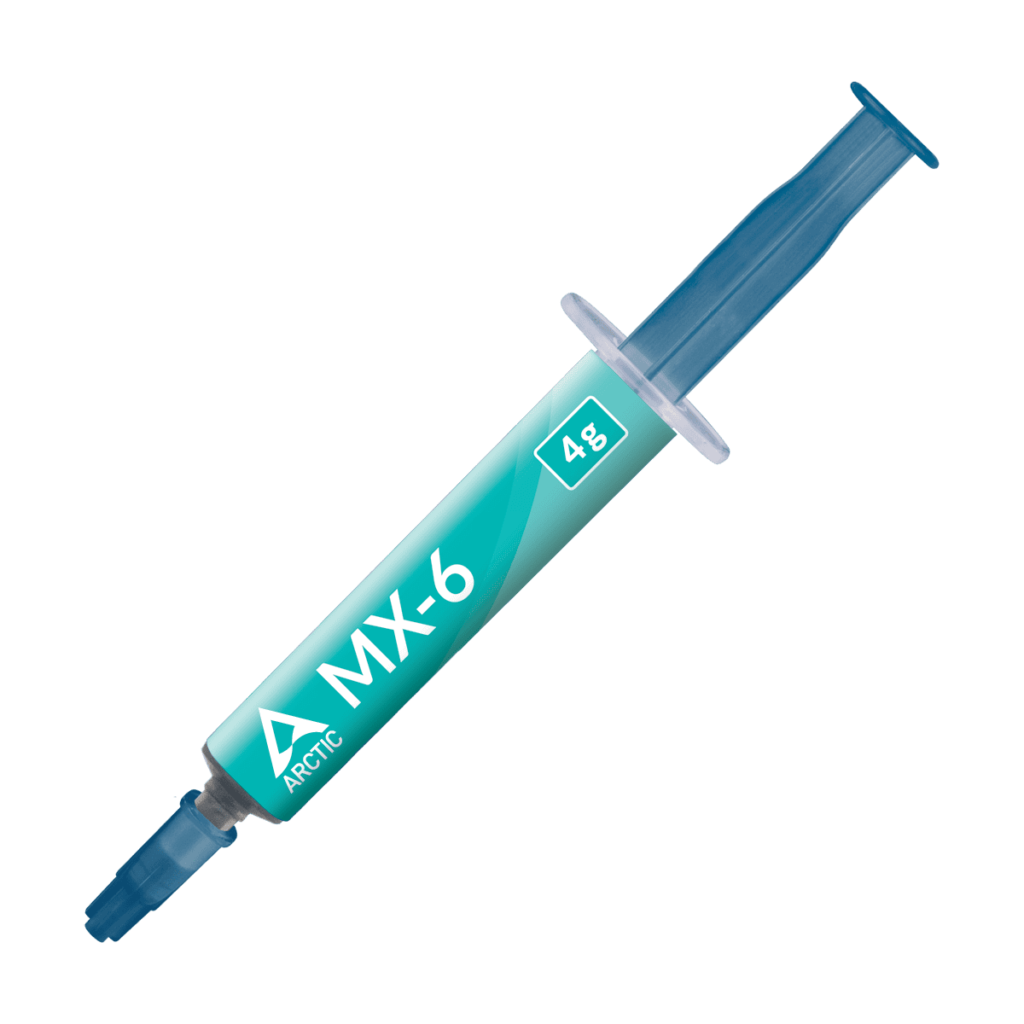
| Rank | Product Name | Price | Why It’s Recommended |
|---|---|---|---|
| 1 | Thermal Grizzly Kryonaut | $6.99 (1g) | Superior thermal conductivity, perfect for high-end GPUs and overclocking. |
| 2 | ARCTIC MX-6 | $7.99 (4g) | Great value, good performance, and easy to apply. |
| 3 | Corsair TM30 | $7.99 (3g) | Easy application, decent performance, and comes with a spreader. |
Best Thermal Paste for Laptops
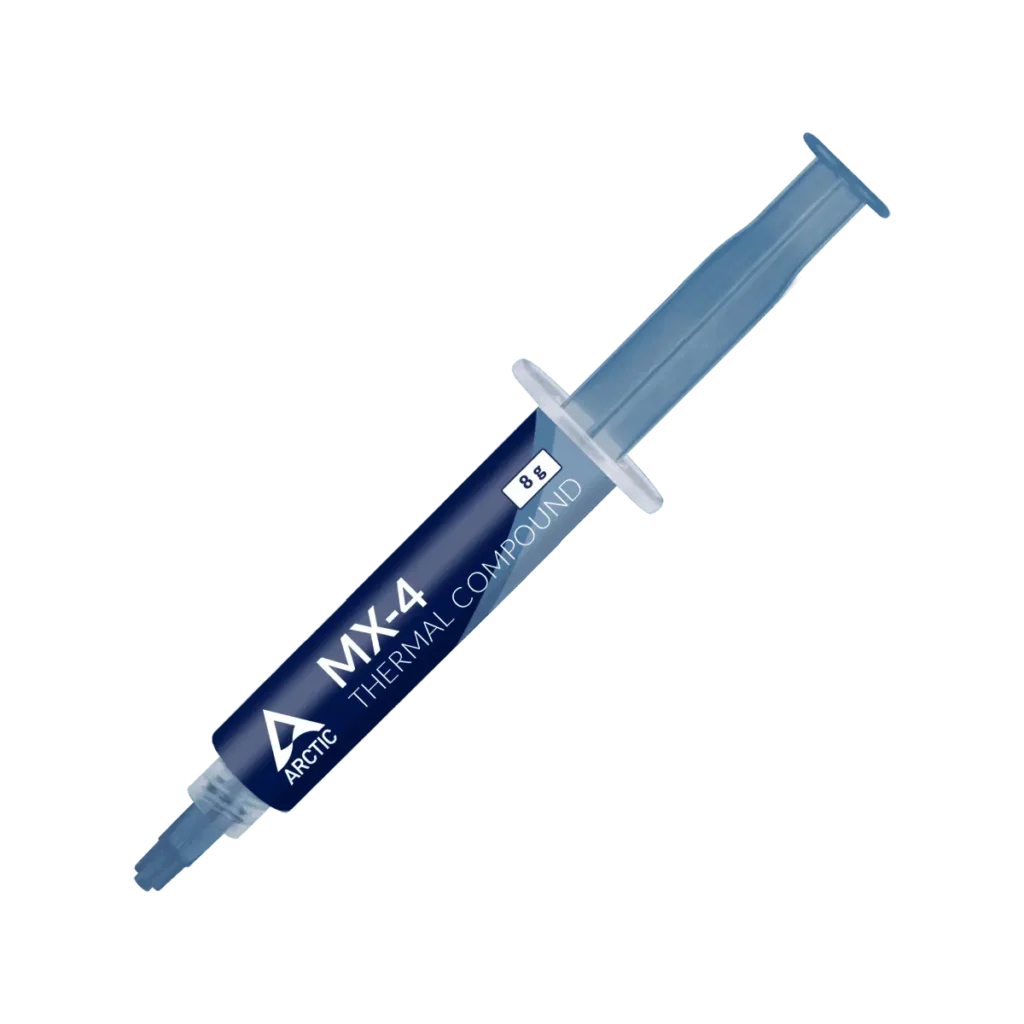
| Rank | Product Name | Price | Why It’s Recommended |
|---|---|---|---|
| 1 | Noctua NT-H1 | $8.99 (3.5g) | Excellent performance, non-conductive, and safe for laptops. |
| 2 | ARCTIC MX-4 | $6.99 (4g) | Budget-friendly, reliable performance, and easy application. |
| 3 | Thermal Grizzly Kryonaut | $6.99 (1g) | High performance, but requires careful application due to its high viscosity. |
Best Thermal Paste for PlayStation
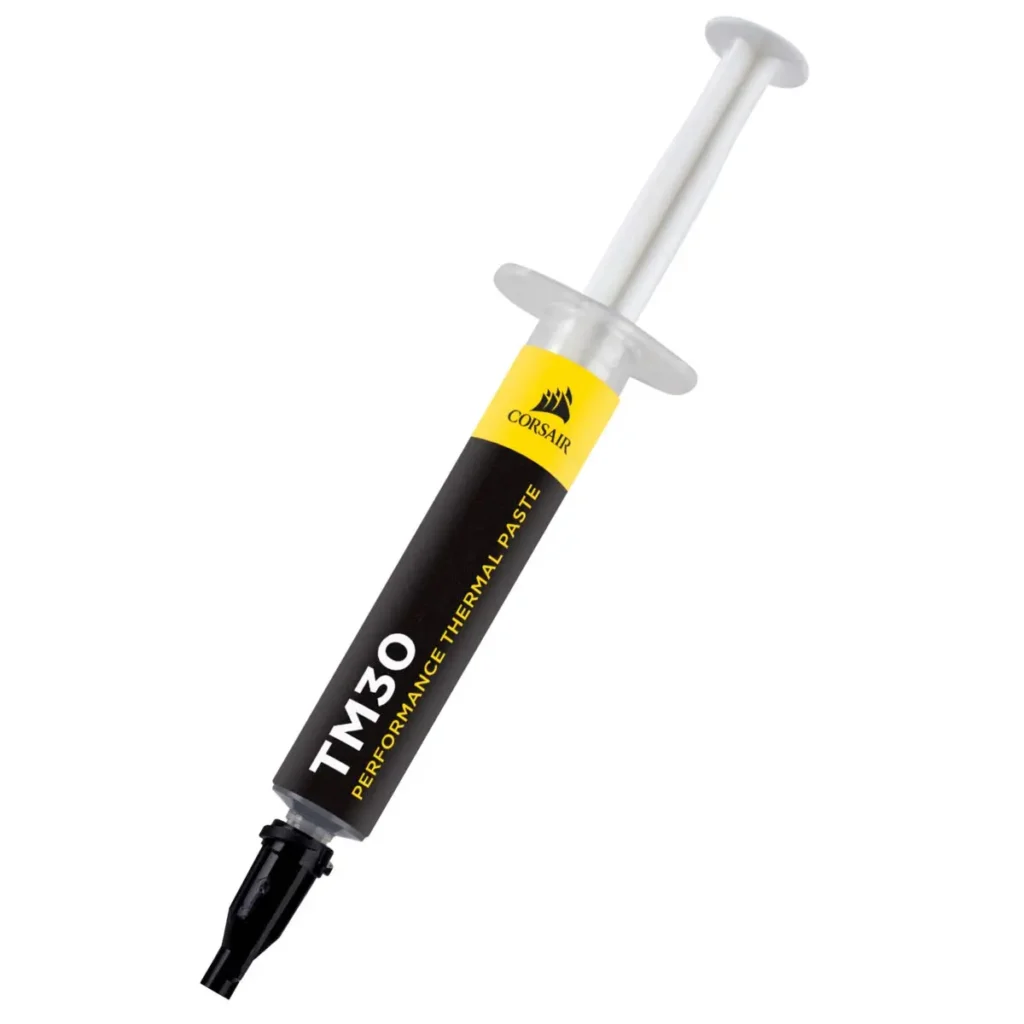
| Rank | Product Name | Price | Why It’s Recommended |
|---|---|---|---|
| 1 | ARCTIC MX-4 | $6.99 (4g) | Affordable, reliable, and easy to apply, suitable for PlayStation consoles. |
| 2 | Noctua NT-H1 | $8.99 (3.5g) | Excellent performance, non-conductive, and safe for console use. |
| 3 | Corsair TM30 | $7.99 (3g) | Decent performance and comes with a spreader, simplifying application. |
Best Thermal Paste for Xbox

| Rank | Product Name | Price | Why It’s Recommended |
|---|---|---|---|
| 1 | ARCTIC MX-4 | $6.99 (4g) | Budget-friendly, effective, and easy to apply, ideal for Xbox consoles. |
| 2 | Noctua NT-H1 | $8.99 (3.5g) | Superior performance and safe for console use. |
| 3 | Corsair TM30 | $7.99 (3g) | Decent performance and includes a spreader for convenient application. |
Best Thermal Paste for Nintendo Switch

| Rank | Product Name | Price | Why It’s Recommended |
|---|---|---|---|
| 1 | ARCTIC MX-4 | $6.99 (4g) | Affordable, performs well, and easy to apply, suitable for Nintendo Switch. |
| 2 | Noctua NT-H1 | $8.99 (3.5g) | High performance and safe for portable devices like the Switch. |
| 3 | Thermal Grizzly Kryonaut | $6.99 (1g) | Excellent thermal conductivity but requires careful application due to its viscosity. |
Remember, applying the thermal paste correctly is crucial for achieving optimal results. Always refer to your device’s manual or online guides for specific instructions on applying thermal paste.
How to Pick the Right Thermal Paste
Thermal paste is essential for any PC build or upgrade. This substance fills microscopic gaps between your CPU and its cooler, ensuring efficient heat transfer. Here’s what to consider when choosing the best thermal paste:
Types of Thermal Paste
- Metal-based: Excellent thermal conductivity but can be electrically conductive, requiring careful application.
- Ceramic-based: Good thermal conductivity and non-conductive for safe use.
- Silicon-based: Common and affordable, offering a balance between conductivity and ease of use.
- Liquid metal: The best thermal conductivity but challenging to apply and can damage some components.
Other Factors to Consider
- Thermal conductivity: Expressed in W/mK (Watts per meter-Kelvin); higher numbers mean better heat transfer.
- Ease of application: Some pastes are thicker and harder to spread.
- Longevity: Some thermal pastes may degrade over time.
Important note: Liquid metal pastes should only be used by experienced PC builders due to their risk factor. Always check compatibility before application.
Key Takeaways
- Thermal paste is essential for effective CPU heat transfer.
- The correct thermal paste improves performance and longevity.
- Selection depends on specific user needs and CPU requirements.
Understanding Thermal Paste
Thermal paste plays a vital role in maintaining the CPU’s temperature by filling air gaps between the CPU and its cooler.
Material and Composition
Thermal paste, also known as thermal compound or TIM, is a heat-conductive substance. Its job is to carry heat away from the CPU to the cooler. The materials used can be metal-based, ceramic-based, or carbon-based. For instance, metal-based pastes like Thermal Grizzly Conductonaut include liquid metal compounds and typically offer higher conductivity. Ceramic options, like Arctic MX-5, use compounds such as zinc oxide and are not electrically conductive, making them safer for beginners.
Conductivity Factors
Conductivity is key for thermal paste effectiveness. Metal-based pastes often lead in this area as they contain elements like aluminum or silver, known for superior heat transfer. Liquid metal thermal pastes have even higher thermal conductivity, which is the case with Thermal Grizzly Conductonaut boasting 73 W/mk. In contrast, non-metal pastes have lower conductivity but are more user-friendly as they are non-conductive and non-corrosive.
Viscosity and Application
Viscosity affects a paste’s ease of application. A thicker paste, like Gelid GC-Extreme, will stay in place but might be harder to spread. In contrast, a thinner paste will be easier to apply but might run if too much is used. An easy-to-apply paste provides a balance, ensuring efficient heat transfer without the risk of spilling onto other components. Proper application ensures the best performance of the thermal grease, whether you’re using a product like Thermal Grizzly Kryonaut or Nab Cooling NB Max Pro.
Choosing the Right Thermal Paste
When building or upgrading a computer, selecting the right thermal paste can significantly affect the system’s temperature management. This section will cover key aspects such as performance, value, and how to use thermal paste effectively.
Performance and Longevity
High-quality thermal pastes improve the heat transfer between the CPU and cooler, essential for maintaining the processor’s performance, especially when overclocking. Some products, like the Arctic MX-4 and Noctua NT-H1, offer consistent cooling performance over time. Premium options, such as liquid metal pastes like Thermal Grizzly Conductonaut, showcase superior thermal conductivity, measured in watts per meter Kelvin, achieving better results but with the added risk of being electrically conductive and potentially corrosive.
Price and Value
Thermal pastes come at different price points, often reflecting their performance, ease of application, and longevity. Budget thermal pastes, while affordable, may need more frequent re-application. In contrast, premium pastes last longer and provide better performance but at a higher cost. It’s wise to consider the price per gram and the total quantity provided—some pastes, like the Corsair XTM50, come with extra accessories like an application stencil and cleaning wipes, adding value.
Compatibility and Usage
Choose a paste that matches the types of components being used and the builder’s experience. Non-conductive pastes like Prolimatech PK-3 Nano Aluminum are safer and widely compatible with various CPU coolers and GPUs. For high-end PCs and intense gaming rigs, a high-viscosity paste may offer better performance. Thermal pads are an alternative solution, easier to apply with less mess, suitable for laptops and less powerful components. Checking specifications for electrical conductivity is crucial to avoid damaging sensitive computer components.
Frequently Asked Questions
In this section, you’ll find clear answers to some common concerns regarding thermal paste usage for CPUs. Each question aims to equip you with the knowledge you need to make informed decisions.
What factors should be considered when choosing thermal paste for a CPU?
Thermal paste selection depends on factors like conductivity, consistency, and durability. You should look for pastes with high thermal conductivity for better heat transfer. The paste should also be easy to apply and should last a long time without drying out.
Is there a significant performance difference between thermal pastes for high-end CPUs?
Thermal pastes can vary in their ability to conduct heat. For high-end CPUs, especially when overclocking, a paste with higher thermal conductivity can help manage temperatures better. However, the performance difference between many mainstream pastes is often minimal.
How often should thermal paste be replaced on a CPU?
Thermal paste should be replaced every few years, or when temperatures are higher than usual. Signs of drying out or poor performance are indicators that it’s time to apply new paste.
Are there any specific thermal pastes recommended for gaming laptops?
For gaming laptops, look for thermal pastes that are non-conductive and have good long-term stability. Some pastes are designed to not pump out from under the heat spreader, making them ideal for the tight confines of a laptop.
Can the application method of thermal paste affect CPU temperature?
The method of applying thermal paste can affect CPU temperatures. Too little paste can lead to hot spots, while too much can act as an insulator. Applying a small dot or line, depending on the CPU die shape, generally provides the best coverage.
Should thermal paste quantity be adjusted based on CPU model and size?
The amount of thermal paste used should correspond to the CPU’s heat spreader size. Larger CPUs may require slightly more paste. However, it’s crucial to avoid over-application no matter the CPU size, as this does not improve conductivity and may cause spillage onto the motherboard.
Is there a difference between thermal paste, thermal grease, and thermal compound?
No, there is no fundamental difference between thermal paste, thermal grease, and thermal compound. These terms are often used interchangeably to refer to the same substance: a thermally conductive material used to fill microscopic gaps between a heat-generating component (like a CPU or GPU) and its heatsink, improving heat transfer and preventing overheating.
While some manufacturers might use these terms to differentiate specific product lines or formulations, the core function remains the same: to enhance thermal conductivity and facilitate efficient heat dissipation.



